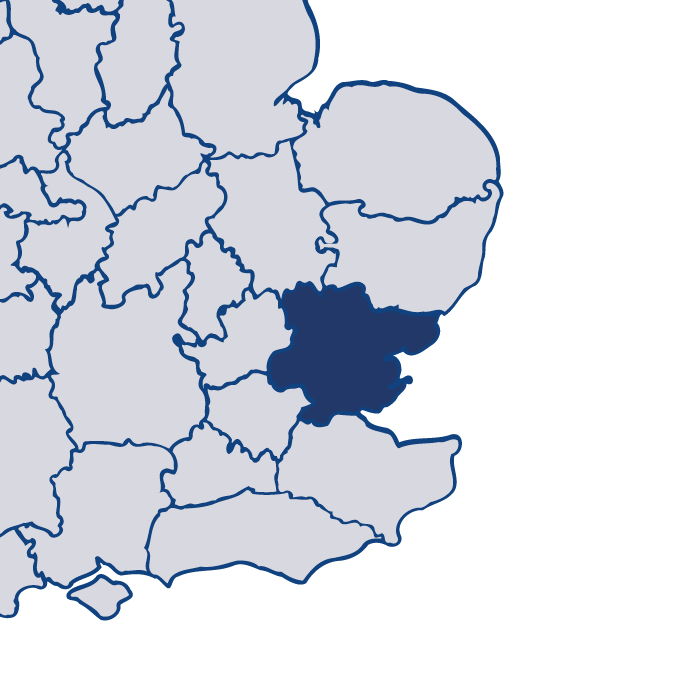Essex 2018/19
Read more about EssexThis is HMICFRS’s fifth PEEL (police effectiveness, efficiency and legitimacy) assessment of Essex Police. PEEL is designed to give you information about how your local police force is performing in several important areas, in a way that is comparable both across England and Wales, and year on year.
Essex Police was inspected in tranche one and we found:
the extent to which the force is effective at reducing crime and keeping people safe is good.
the extent to which the force operates efficiently and sustainably is good.
the extent to which the force treats the public and its workforce legitimately is good.
Download the full report
PEEL: Police effectiveness, efficiency and legitimacy 2018/19 – Essex Police

Zoë Billingham, Her Majesty’s Inspector of Constabulary
HMI's observations
I am pleased with the performance of Essex Police in keeping people safe and reducing crime.
The force is good at preventing crime and anti-social behaviour. It is good at investigating crime and has continued to improve how it identifies and protects vulnerable people. It does this through more effective joint working with partners and greater use of protective powers.
Essex Police is ambitious in its planning for the future and wants to be at the forefront of innovative practice. The force understands its demand well. It uses this information to develop robust financial and workforce plans to make sure it uses its resources as efficiently as possible.
The force continues to uphold an ethical culture and promote standards of professional behaviour well. But it has more to do to assure itself that it has the capacity and capability to root out corruption.
Overall, I commend Essex Police for sustaining its positive performance over the past year. I am confident that it is well equipped for this to continue.
Effectiveness
How effectively does the force reduce crime and keep people safe?
Efficiency
How efficiently does the force operate and how sustainable are its services to the public?
Legitimacy
How legitimately does the force treat the public and its workforce?
Other inspections
How well has the force performed in our other inspections?
In addition to the three core PEEL pillars, HMICFRS carries out inspections of a wide range of policing activity throughout the year. Some of these are conducted alongside the PEEL inspections; others are joint inspections.
Findings from these inspections are published separately to the main PEEL reports, but are taken into account when producing the rounded assessment of each force's performance.





